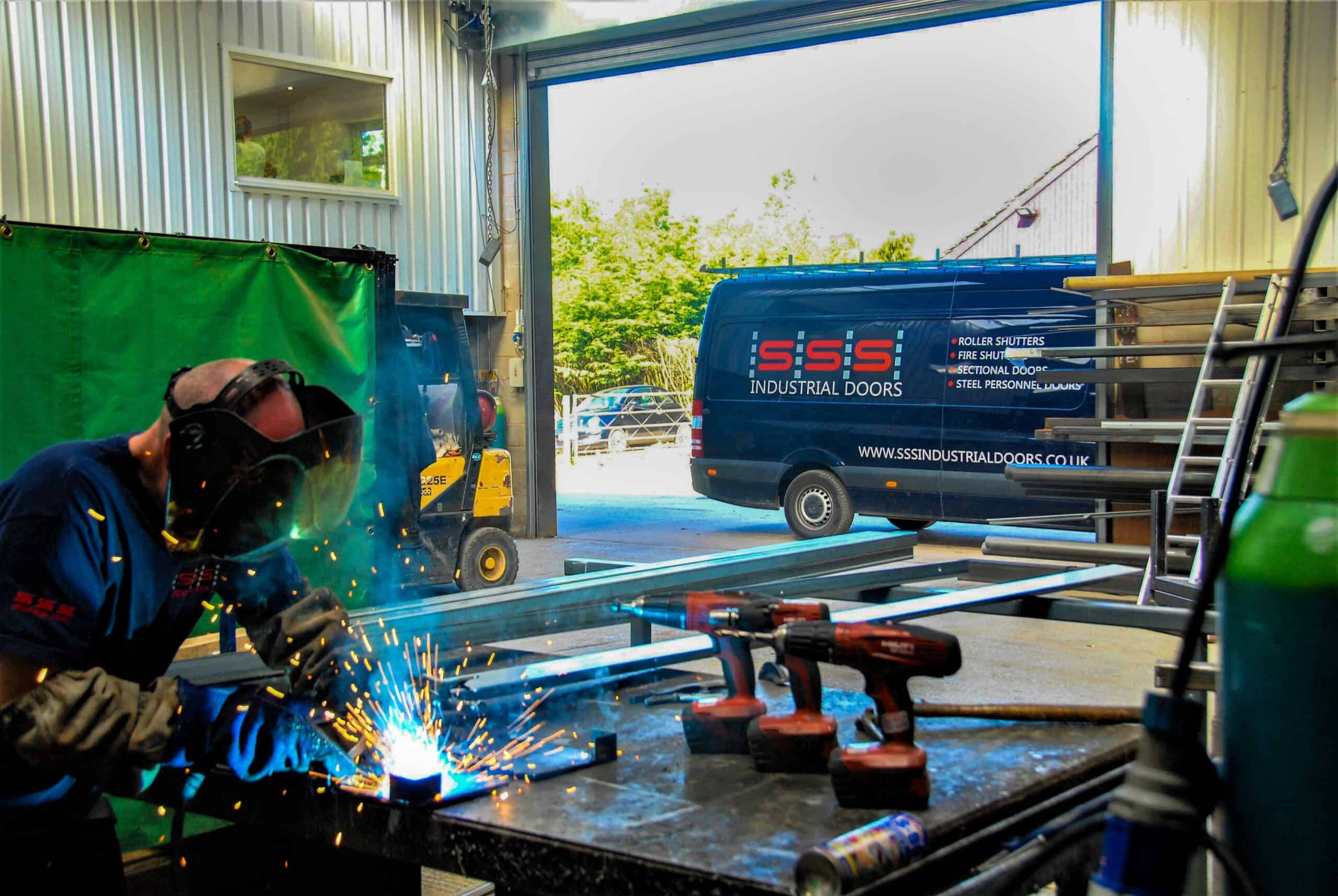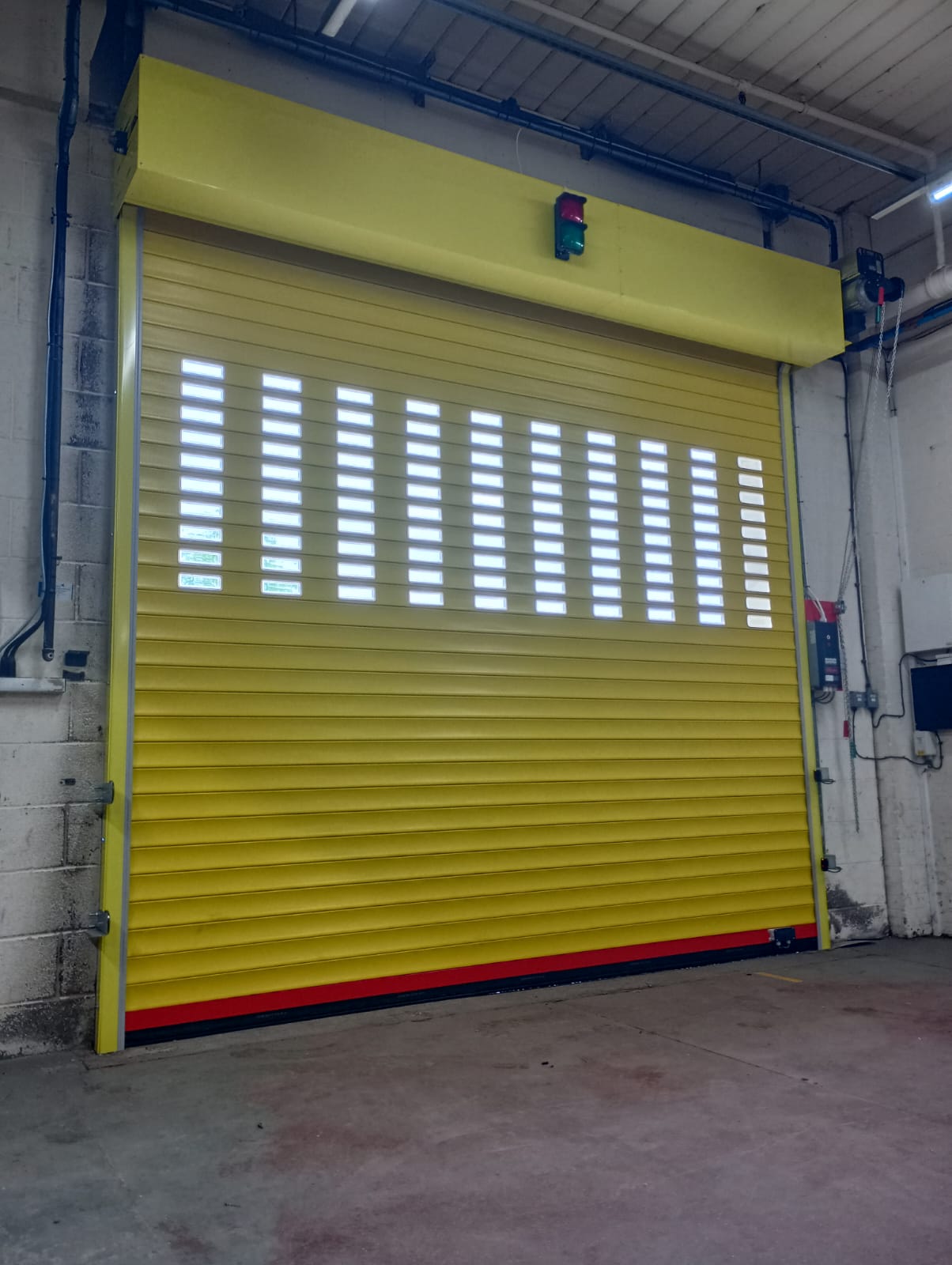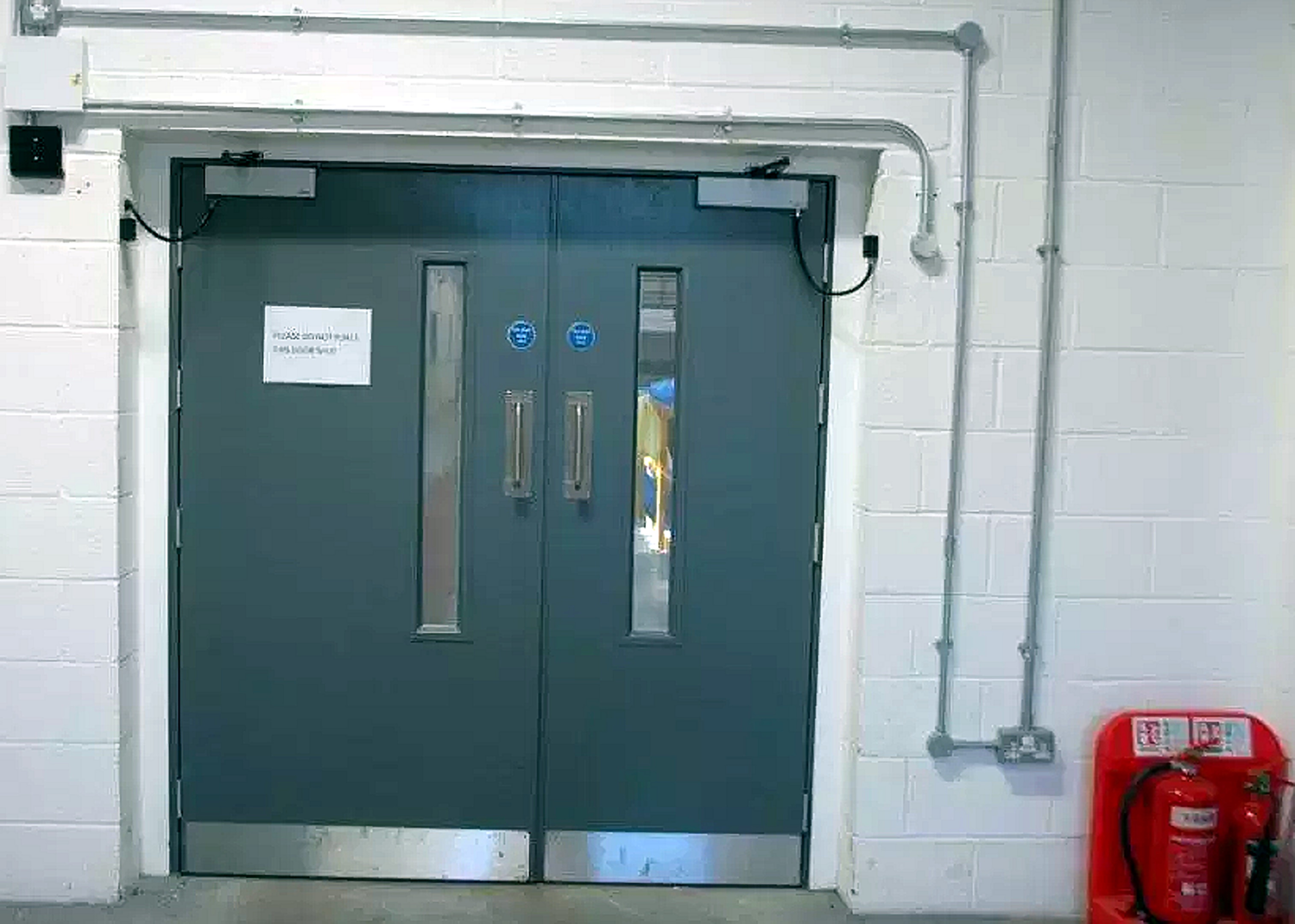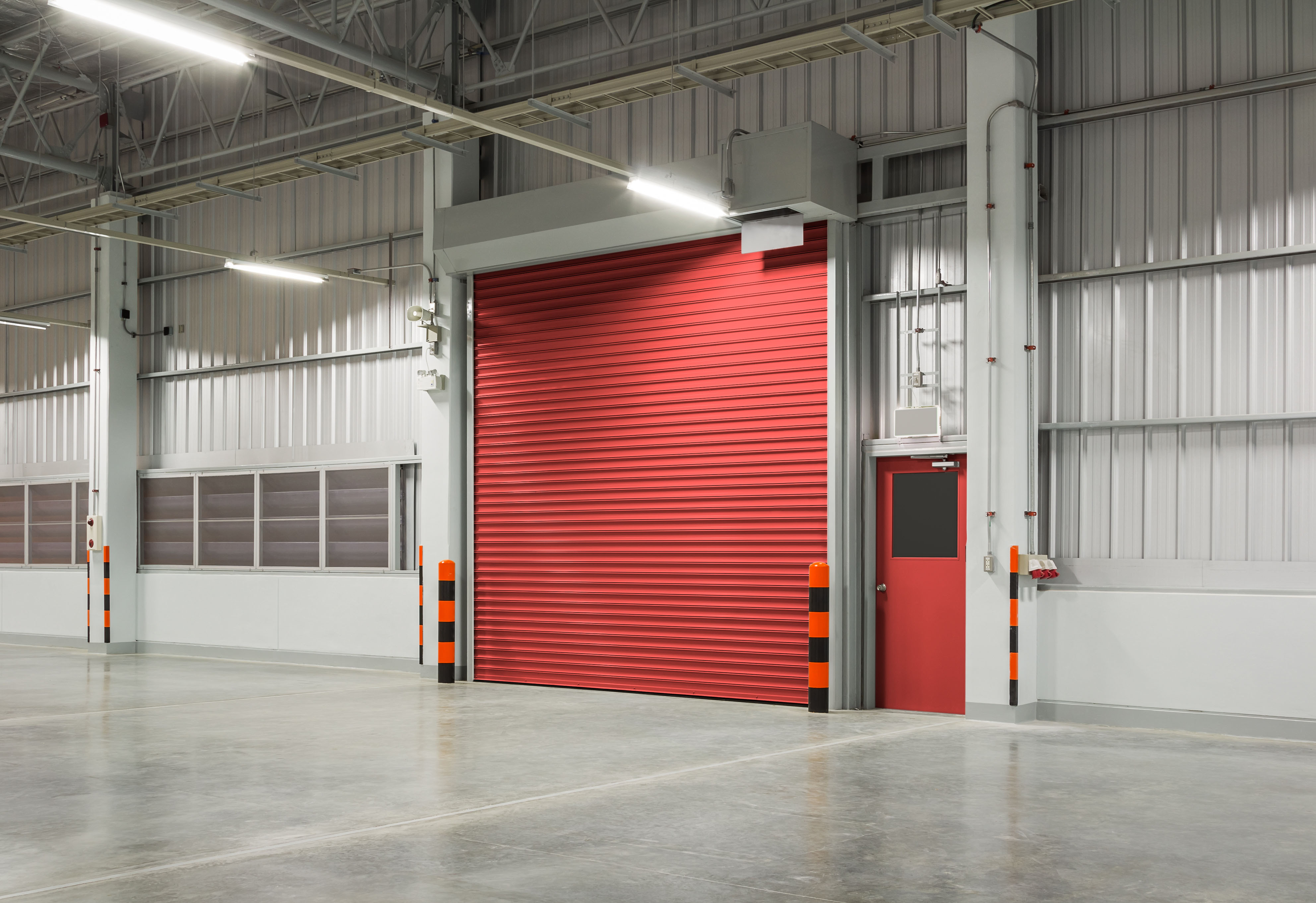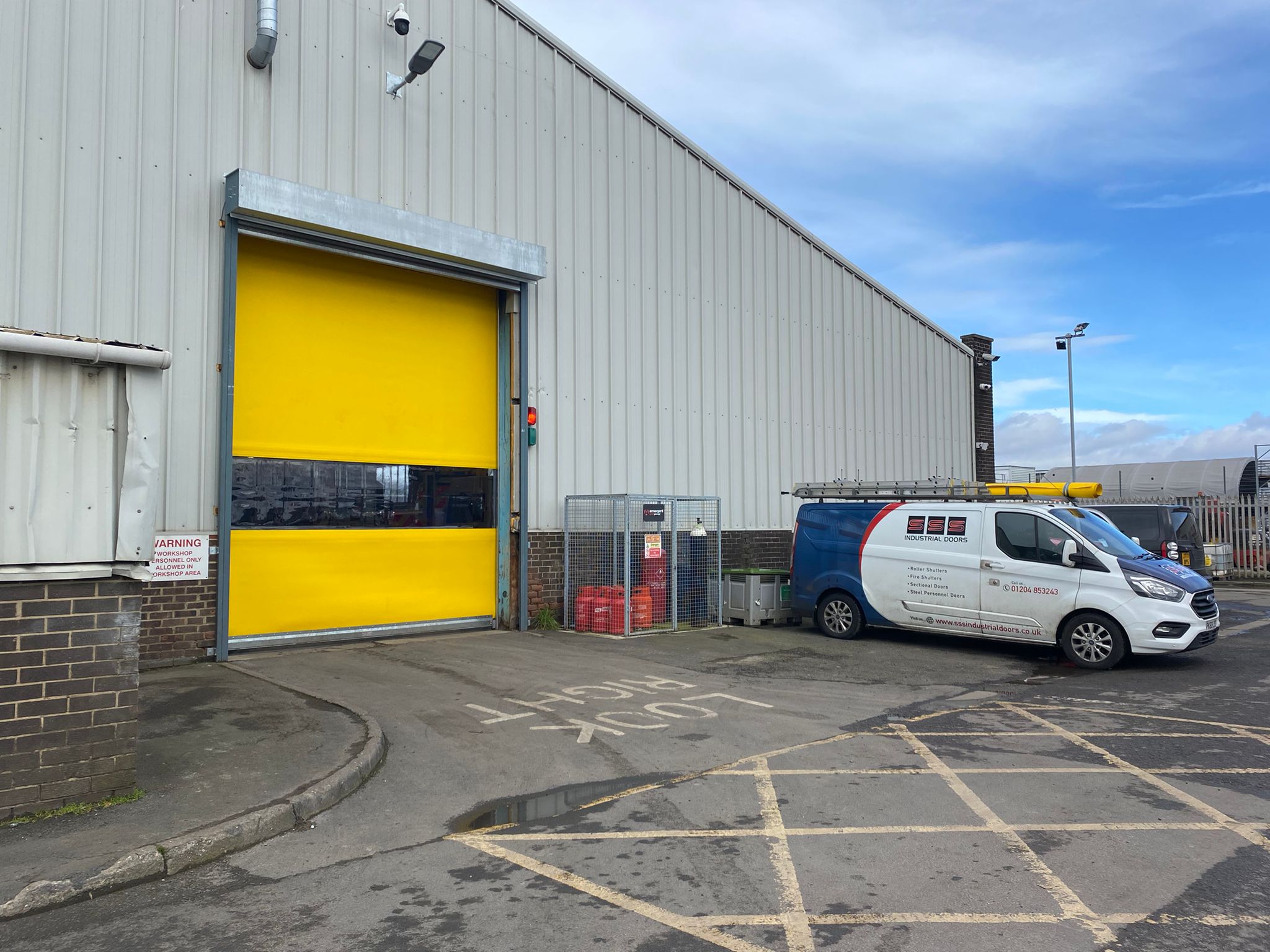Industrial doors play a crucial role in ensuring the safety and efficiency of operations within a workplace. They not only provide security but also help regulate temperature and protect against environmental elements. A well-functioning industrial door is essential for maintaining a safe working environment; however, wear and tear can occur over time, leading to potential hazards. Knowing how to spot the signs that your industrial door needs maintenance is vital to prevent costly repairs and ensure the safety of your facility.
1. Unusual Noises
If you hear grinding, squeaking, or banging noises when the door opens or closes, it’s a clear indicator of mechanical wear or lack of lubrication. These sounds could signal problems such as worn-out rollers or bearings, loose components, or misalignment of the shutter tracks.
2. Sluggish or Jerky Movement
A door that opens or closes unevenly, too slowly, or jerks during motion may have underlying issues. These could stem from worn motor components, damaged springs or cables, track misalignment, or obstructions in the guide rails, all of which can jeopardise the door's functionality.
3. Visible Damage
Dents, warping, rust, or cracks in the door slats or frame can weaken the structural integrity of your industrial door. Such visible damage can affect the balance of the shutter, lead to further wear and tear, and compromise security, making immediate attention necessary.
4. Difficulty Opening or Closing
If your shutter resists either manual or automatic operation, it may indicate problems with the motor or gearbox, a failing control system, spring tension issues, or dirt and debris in the guides. A door that’s hard to operate can pose safety risks and disrupt workflow.
5. Excessive Vibration
Vibrations during operation can be a sign of an imbalanced door, loose mounting brackets, or misaligned components. This not only affects the door's performance but can also lead to further damage if not addressed promptly.
6. Inconsistent Auto-Stop or Reversing
Powered shutters typically come equipped with safety sensors and auto-reverse functions. If your door doesn’t stop or reverse when it should, it may be due to sensor malfunction or misalignment, electrical issues, or control panel faults. This can create hazardous situations in high-traffic areas.
7. Remote or Control Panel Malfunctions
Delayed or no response from controls can indicate underlying electrical or wiring issues, failing remote batteries, or faulty control systems. If your controls are not functioning properly, it’s essential to investigate the problem to avoid potential safety risks.
8. Sagging or Uneven Positioning
If your shutter doesn’t hang level or appears to sag on one side, it could signify spring imbalance, cable wear or detachment, or uneven load distribution. This misalignment can lead to operational issues and increased wear over time.
9. Water or Wind Leaks
Damaged seals or gaskets around the shutter can lead to water or wind leaks, resulting in energy loss, interior damage, and pest entry. Keeping your industrial door sealed properly is vital for maintaining a controlled environment.
10. Regular Tripping of Breakers
If the shutter’s motor frequently trips the circuit breaker, this might point to motor overloading, electrical short circuits, or faulty wiring. Regular tripping can lead to operational disruptions and should be addressed immediately.
Conclusion
Regular inspections and planned maintenance are essential to prevent major breakdowns and reduce costs. Being vigilant about these signs can help you identify when your industrial door needs maintenance or replacement parts. If you notice any of these issues, it’s crucial to have a qualified technician assess and service the shutter door promptly. By acting early, you can ensure the safety and efficiency of your workplace while avoiding costly repairs down the line. Don't hesitate - schedule a maintenance check today to keep your industrial door functioning optimally!
